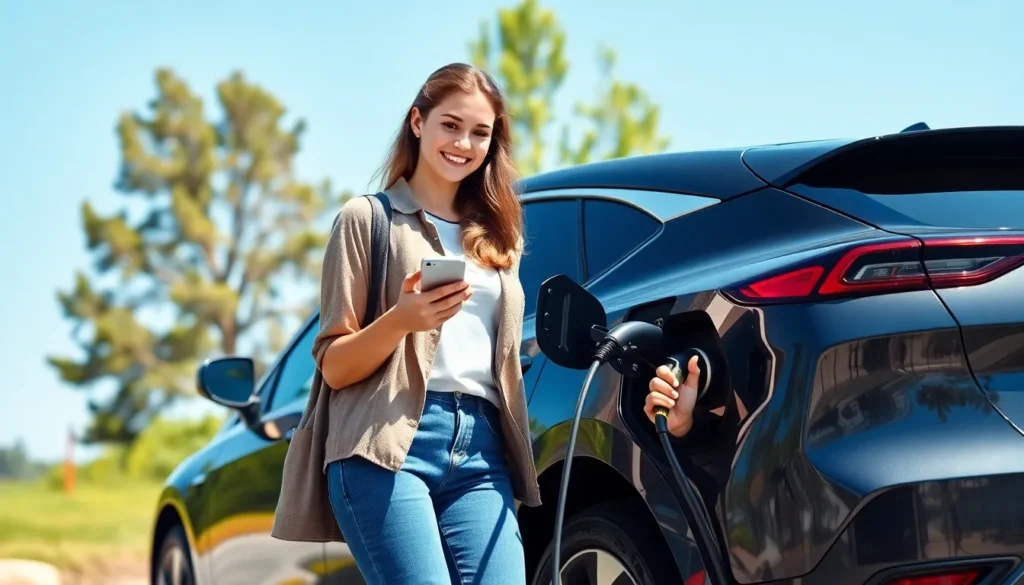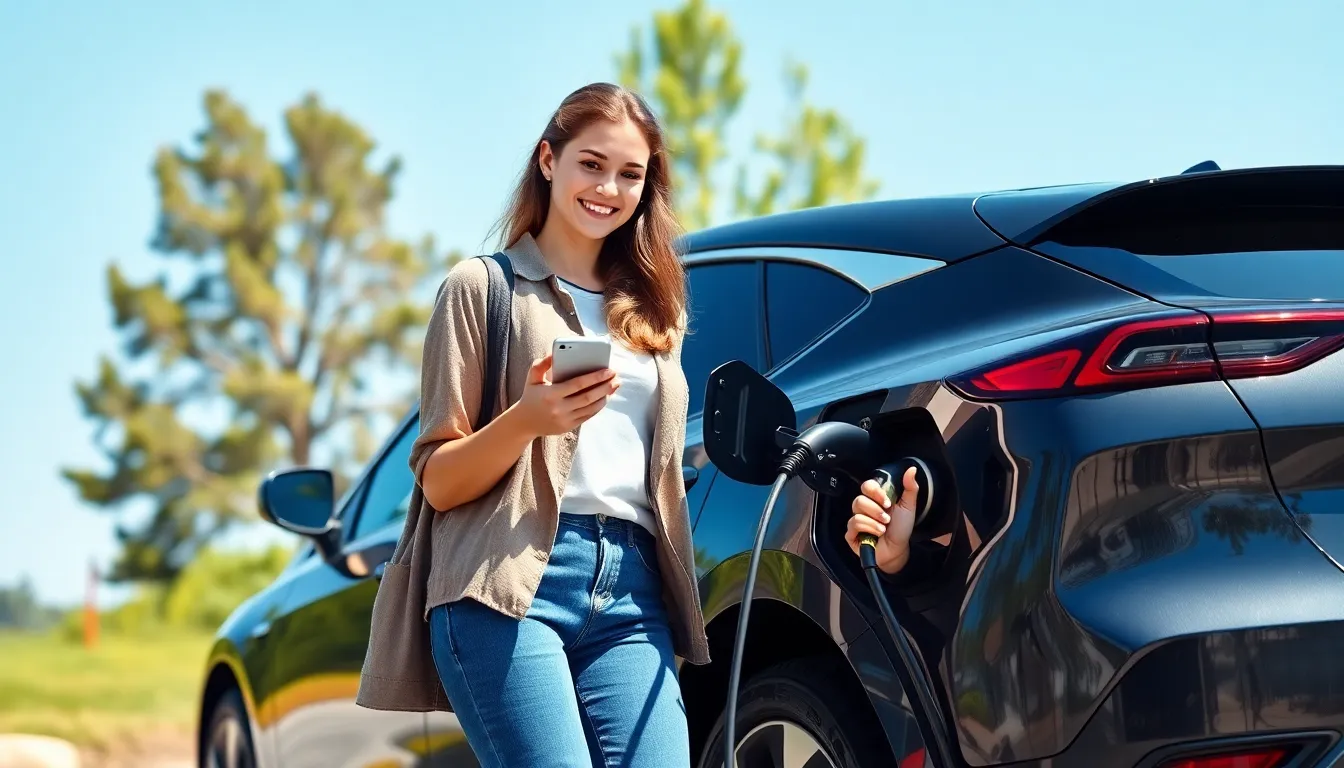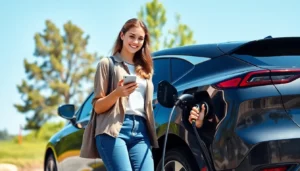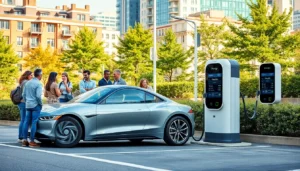Electric vehicles are taking the world by storm, and for good reason. They’re eco-friendly, cost-effective, and let’s face it, they make you feel like a superhero zipping around town without a care for gas prices. But just like any superhero, they come with their own set of challenges. Navigating the world of EVs can feel a bit like trying to find a parking spot at the mall during the holidays—stressful and a little overwhelming.
Table of Contents
ToggleUnderstanding EV Driving
Drivers experience numerous advantages with electric vehicles (EVs). These benefits include reduced emissions and lower operating costs.
Benefits of Electric Vehicles
Cost savings on fuel represent a significant advantage. EVs often have lower fuel expenses compared to gasoline vehicles. Maintenance is typically less frequent, leading to reduced overall costs. In addition to financial benefits, EVs contribute to local air quality improvement. Charging infrastructure expands rapidly, offering more convenience. EVs also provide a quieter driving experience, enhancing user comfort. Notably, several regions offer tax incentives for EV purchases, further increasing attractiveness.
Key Differences from Traditional Vehicles
Electric vehicles operate on electric power rather than gasoline. This distinction leads to different driving dynamics, such as instant torque available in EVs. Charging an EV differs from refueling a traditional vehicle; users connect to charging stations instead of gas pumps. Range varies greatly, with most EVs offering between 150 and 370 miles on a single charge. Additionally, regenerative braking helps increase efficiency by converting kinetic energy back into usable power. Overall, these key differences shape the EV driving experience uniquely compared to traditional vehicles.
Preparation for EV Driving
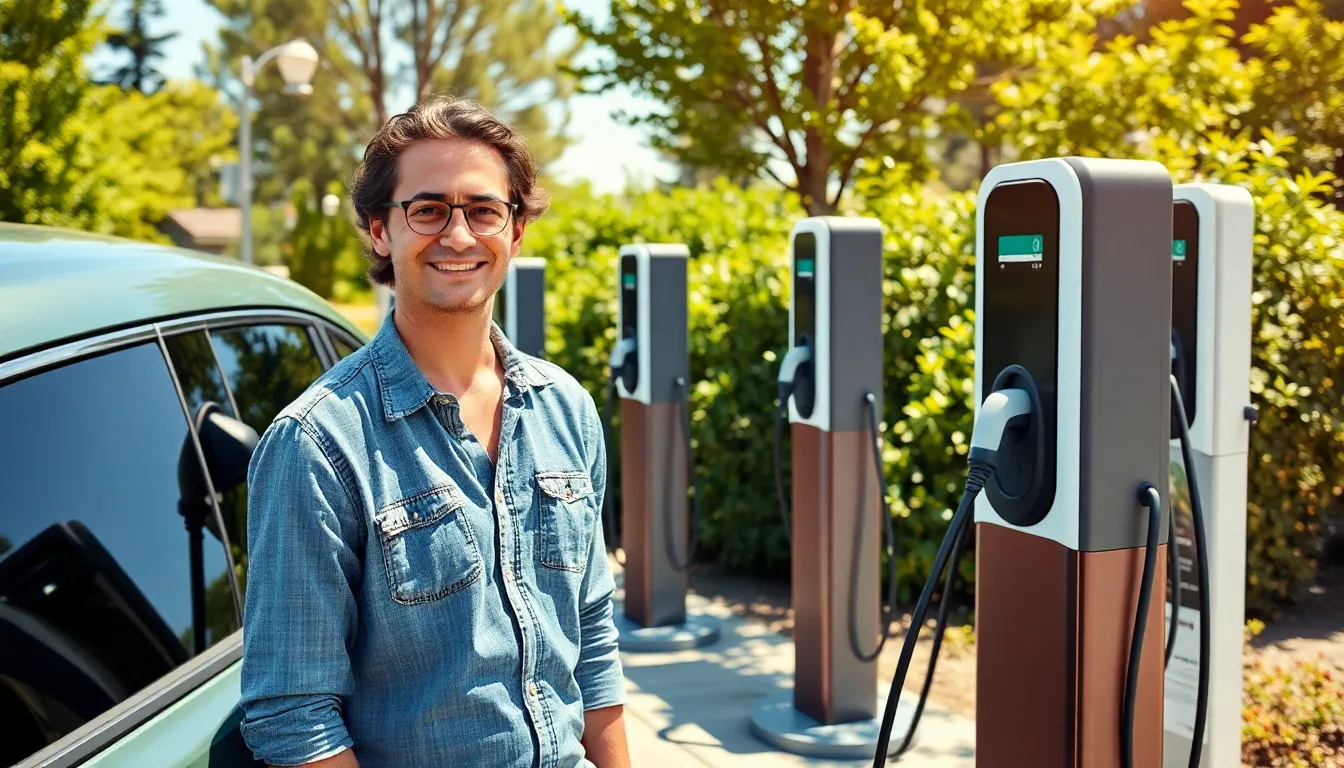
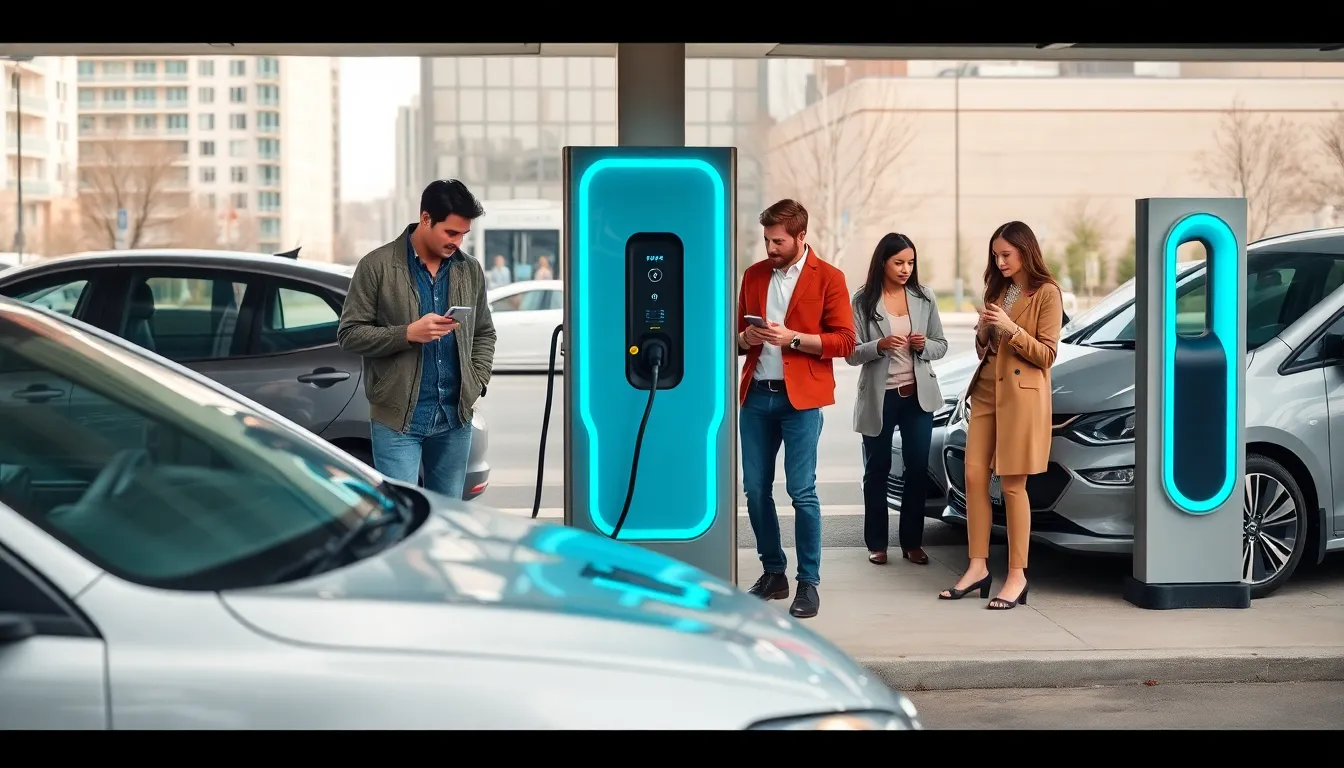
Preparation enhances the EV driving experience significantly. Drivers should familiarize themselves with essential aspects, including charging options and the nuances of range and battery life.
Charging Options and Infrastructure
Various charging options exist for electric vehicles. Level 1 chargers, often found in homes and workplaces, provide a slow but convenient charging experience. Level 2 chargers, available at public charging stations, charge vehicles more rapidly. DC fast chargers, located on highways, offer the quickest charging times, suitable for long trips. Charging infrastructure is expanding rapidly, increasing convenience for EV drivers. As of 2023, over 100,000 public charging stations exist across the United States. Monitoring charging networks helps identify available stations during trips, ensuring drivers never run out of power.
Understanding Range and Battery Life
Range and battery life play critical roles in EV ownership. Electric vehicles can typically travel between 150 to 370 miles on a single charge, depending on the model and driving conditions. Understanding driving habits is essential, as aggressive driving can reduce range. Battery life is generally around 8 to 15 years, depending on factors such as usage and maintenance. Knowing how to manage energy consumption influences overall driving experience. Regenerative braking can also extend range by recovering energy during braking. Frequent charging at optimal levels supports battery health and longevity.
Efficient Driving Techniques
Driving an electric vehicle (EV) efficiently enhances range and performance. Utilizing smart techniques can improve energy consumption and overall driving satisfaction.
Regenerative Braking
Regenerative braking captures energy during deceleration. This process converts kinetic energy into electricity, recharging the battery. Drivers can maximize efficiency by engaging regenerative braking when slowing down, particularly in stop-and-go traffic. It’s effective in extending range by descending hills or during routine stops. Many EVs offer adjustable settings, allowing drivers to customize the intensity of regenerative braking according to personal preference. This adjustment can lead to significant range enhancements over time.
Eco-friendly Driving Habits
Adopting eco-friendly driving habits conserves battery energy. Smooth acceleration and gradual braking play crucial roles in maximizing range. Maintaining a consistent speed, particularly at lower limits, reduces energy consumption. Using the vehicle’s energy-saving modes can also optimize power usage. The choice of accessories impacts battery drain, so limiting air conditioning or heating can enhance efficiency. Planning routes with fewer stops and avoiding rapid accelerations contribute positively to the environment, showcasing the dual benefits of eco-conscious driving.
Maintenance and Care
Proper maintenance and care ensure optimal performance and longevity of electric vehicles (EVs). Attention to key aspects enhances the driving experience while extending battery life.
Routine Maintenance for EVs
Conduct regular inspections for tire pressure, brakes, and wiper blades. Tire pressure influences efficiency and safety, so checking it monthly is beneficial. Brake fluid and coolant levels should also be verified periodically. Routine checks of the EV battery’s health, including software updates, improve functionality significantly. Cleaning the vehicle’s exterior and interior helps maintain aesthetics. Following the manufacturer’s recommended maintenance schedule guarantees peak performance.
Troubleshooting Common Issues
Identifying common problems early proves essential for a smooth driving experience. If the battery charge level drops unexpectedly, monitoring energy usage and adjusting driving habits helps. Unresponsive infotainment systems can often be reset by rebooting or updating software settings. Strange noises during driving may indicate maintenance issues, requiring a prompt inspection by a qualified technician. Additionally, unusual dashboard alerts should not be ignored, as they often signal important system malfunctions that necessitate immediate attention.
Conclusion
Embracing electric vehicle driving comes with a unique set of advantages that enhance both the driving experience and environmental impact. By adopting efficient driving techniques and understanding charging options, drivers can maximize their vehicle’s potential. Proper maintenance and attention to energy consumption play crucial roles in ensuring longevity and performance.
With the rapid growth of charging infrastructure and the increasing availability of EV models, the transition to electric driving is becoming more accessible than ever. As drivers navigate this exciting journey, they can enjoy the benefits of reduced emissions and lower operating costs while contributing to a cleaner future.

